One of the interesting attractions in Armenia is the Ughtasar Mountain. Ughtasar is a rock art site located in the extinct volcano in the Syunik Mountains of southern Armenia. The place is situated in the rounded hills. It is a home to nearly a thousand carved rocks. These rocks bear abstract and figurative motifs. The rocks—carvings are a unique source for the study of ancient Armenian culture. The petroglyphs have been known as “Itsagir”. They have pecked millennia ago onto the surfaces of basalt which originally were streams of lava. At 3300 meters above sea level, the site is full of snow for nearly nine months of the year. The place has a rich and various ecosystem of flora and fauna which includes bears, wolves, foxes and wild boar.
Here the rock-carvings are nearly four and seven thousand years old. The petroglyphs are considered to be Pre-Sumerian. A.P. Deniyokhin did investigations here, however very little has been preserved from the rich material collected by him. During field studies, the archaeologist S.H. Sardarian and other team members have discovered thousands of rock carvings on the slopes of Aragats and the Gueghama mountains. In 1966 the team found rich centers of rock-carvings in historical Syunik. Ughtasar is difficult to reach because of the weather conditions. There is a river that runs through the town and in the center of it you can see an ancient Sisavan church.
Mount Ughtasar
Mount Ughtasar is a high mountain pass at an increase of 3.296m above the sea level. The mountain is located off the Ishkhanasar range in the Syunik Province of Armenia. People can reach here only by four-wheel drive in good weather condition. Ughtasar is one of the highest mountain roads in Armenia.
The weather on this zone is savage and highly unpredictable and it does not take much time for the bright sunshine to appear in the sky. Here the road is dangerous because the extreme weather: snowstorm, strong winds, mist, low visibility, black ice on some road parts and danger of snowdrift are common. You can always notice blocks of ice in the lake. In roundabouts of Ughtasar, the snow almost never melts completely.
It is a long way from the capital Yerevan but is definitely worth to go there. While traveling do not forget to take your camera as there are many excellent photo opportunities in Ughtasar. On the peak of Ughtasar, there’s a beautiful lake called Ughtasar lake and the famous Ughtasar Petroglyph Field. The word of the name given to the mountain derives from the word “Ught” which meaning “camel”. People named it Ughtasar because the mountain looks like a camel toe. There are petroglyphs engraved on the rocks around the territory of the mountain and the mountain itself. The latter are pictures drawn on black and grey stones of volcanic origin.
Ughtasar Petroglyphs
The Interest in rock art monuments grew during the first decades of the 20th century. An English astronomer Ocelot told that people who invented the ancient constellation figures lived between 36 -42 (123) northern latitudes.
A special team of the archaeological expedition of the Institute of Archaeology of the Armenian Academy of Sciences began its investigations in Syunik in 1967—1968. They discovered a large number of carvings on several thousand rocks in historical Syunik regions of Sisian, Yeghegnadzor and Azizbekov. The collection of grew a great deal of interest among various specialists, especially archaeologists. The recently discovered rock art monuments occupy the territory of several dozen kilometers along the mountains near Tsghouk.
They discovered more than 2000 decorated rocks at Ughtasar. Here the cattle breeders settled in summer. Along the area, one can see traces of ruined dwelling sites and various graves. The professionals make an investigation of the rock-carvings only during summer months. Up to the present time, nearly nine months of the year, the rocks are full of snow. A great number of rock carvings are on “tombstones”. They are dispersed at the feet of mountains, in valleys and the slopes.
When they comprised the monuments of material culture of Syunik and other regions of Armenia with others they came to the conclusion that the rock-carvings of Syunik belong to the V-II millennium B.C.
The carvings have a graphic style. They were presented horizontally or vertically on the flat, brown and black rocks. The composition of the rock – carvings comprise from 10 to 50 pictures. The depth of the cutting is from 2 to 6mm, while the width is from 2 to 21mm. In the rock-carvings, the people designed the whole wealth of the Armenian fauna.
The Subject Scenes of Ughtasar Petroglyphs
In Ughtasar, the carvings of the stones represent subject scenes. The carvings contain single episodes of primitive people’s social life the surrounding nature. These rocks are mainly “tombstones” and they are made by cattle-breeding tribes who lived in those places at a certain period of the year.
One can find circles, spirals, spots, lines and other geometrical and abstract forms, on these stones. In addition here you can see as well as figures of animals and human beings, the hunting, cult, and cosmos of the primeval person, flora, and fauna in all its richness. It is interesting that there are no birds on those petroglyphs. These petroglyphs give us a complete picture of the primeval life; agriculture, fighting, and dances. They are very important till our days.
There are a fortress and the lodgings over 3 kilometers high at Ughtasar. Obviously, it served as a temporary dwelling place for tribes. Here can be found many “graves” and their carvings prove us that they were in use for many hundred years. There are also many scenes of ceremonial dances on the carvings.
According to the locals living in this area, there was a special ritual connected with this place. Their grand-grandparents celebrated the old Armenian New Year’s Day called Navasard, near a glacial lake located on the Ughtasar Territory. Here they sacrificed lambs. An obligatory part of the ritual was to meet the first rays of the sun. The ritual was performed every year by the locals. Thus each year pilgrims prayed for abundant rain, good harvest, and prosperity in the mountains. So when the first rays of sun shined over the worshipers the mountains gave them a blessing.
Getting there
If you want to go to Ughtasar in order to see the rock carvings that have different scenes generally referring to social and the ritual life then this help guide is just for you.
It is important to realize that the trips must be made only from mid-July to late September because the mountain is covered with snow rest of the year. You can pay 25,000 drams and hire a jeep that can take up 5 passengers. It is about $65 or so.
Irrespective of the weather or the number of the passengers the price of it remains the same. It is about an hour drive. For the trip, you will really need a four-wheeled drive so that it can provide force to all its wheels simultaneously
You can also go to Sissian, stay in the hotel and ask them for a good driver with a car. Nowadays the drivers in town have a fixed price. If you do not want to go there by car there is also another option – to hike up to the mountain.
As soon as you will be in Ughtasar, you will feel the breath of ancient times. On the rock – carvings you can see single or collective hunting scenes (bows, arrows, shields, pikes, spears), many animals of that time, both wild and tamed; horses, dogs, panthers, lions, bison, jackals, goats, deer, boars and others. The abundance of hunting and cattle-breeding scenes shows the significance of the spreading of half-nomadic people, hunt, and the universe.
The Ughtasar Rock Art Project
The project was created in 2009. It comprises of a systematic survey of the petroglyphs and other archaeological features. The project is self-funded. The main goal of the team members is to better understand the carvings and people who created the petroglyphs. The team attempts to become aware of the ways in which they made the landscape of this unique place into rich cultural and archaeological heritage.
As a means of investigation, the team uses both traditional and innovative methods of recording, analysis, and interpretation. They also search and bring here experienced archaeologists, art historians and other professionals from different countries; Armenia, UK, Japan, USA. The project also brings together an enthusiastic group of Armenian students and interested volunteers.
According to them, the form, style and the theme of the rock-carvings can help to determine the date of their creation, though to determine the accurate date is difficult.
It is very important to protect the site because many of the carvings are wrecking in the cruel climatic conditions. The conditions of some of the carvings were worsening in recent years by visitors walking over some of the fragile carved surfaces. People must try to prevent further damage to the carvings.
Armenia has diverse creations of fascinating rock art. Little known or understood about this art. Because of their beauty and antiquity, these creations gained domestic and international recognition.
Nowadays rock art is one of the most momentous and direct ways of connecting our modern world to that of our ancestors. Though we can never completely understand the meanings of the signs and symbols the figures on the stones ensure attractive clues to the perceptions. They also show concerns of their creators who lived several thousand years ago.


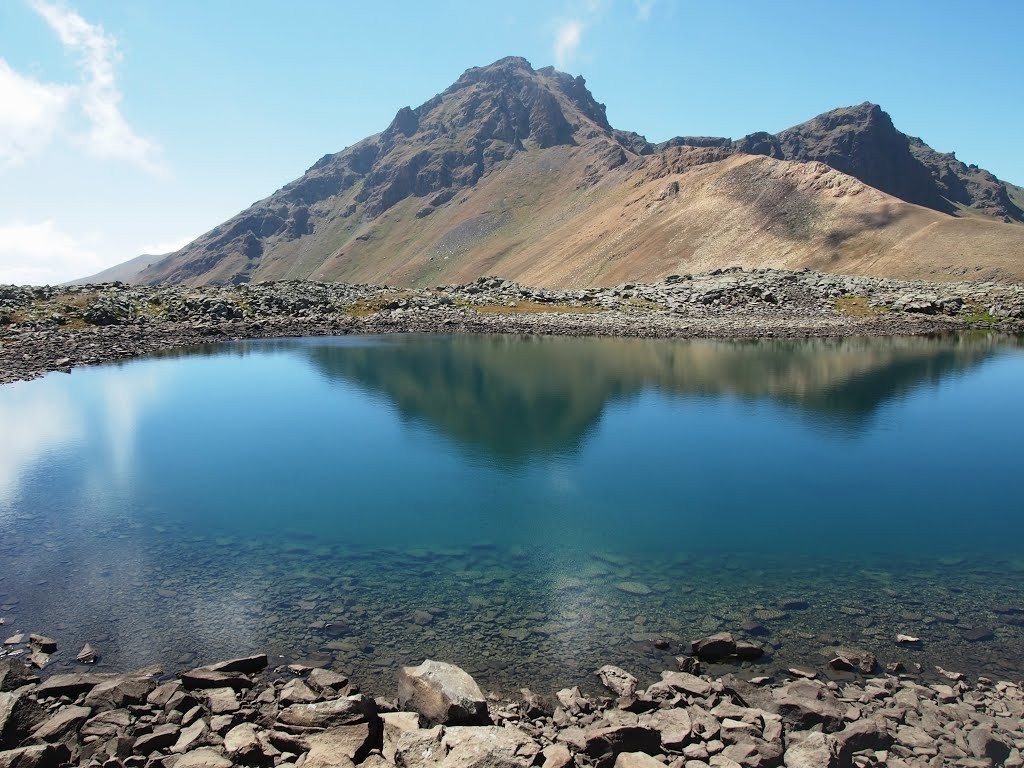
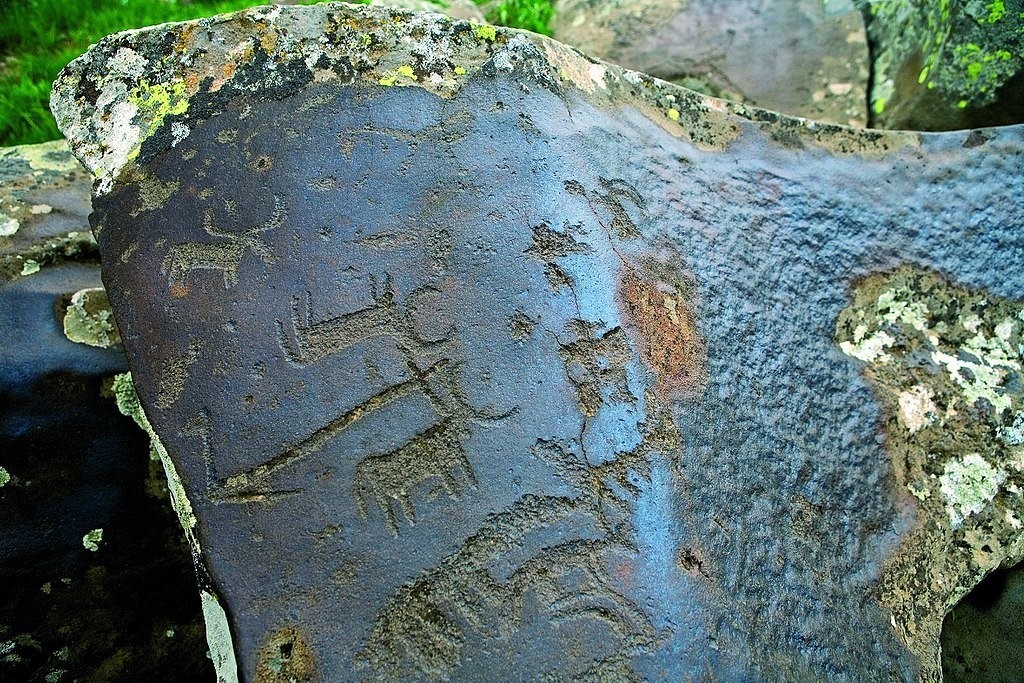
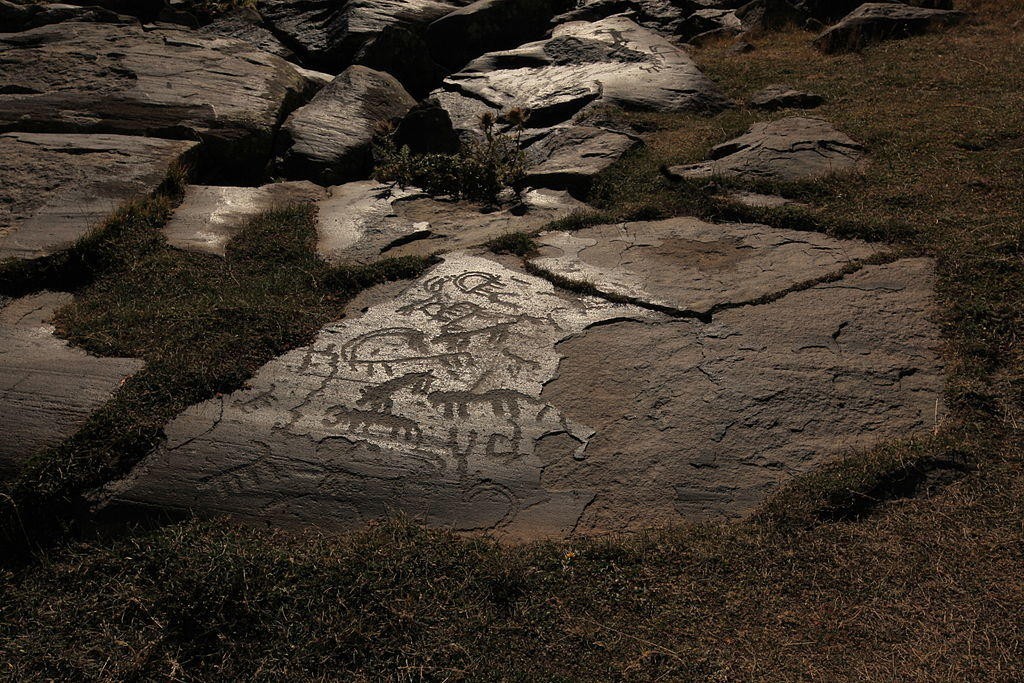
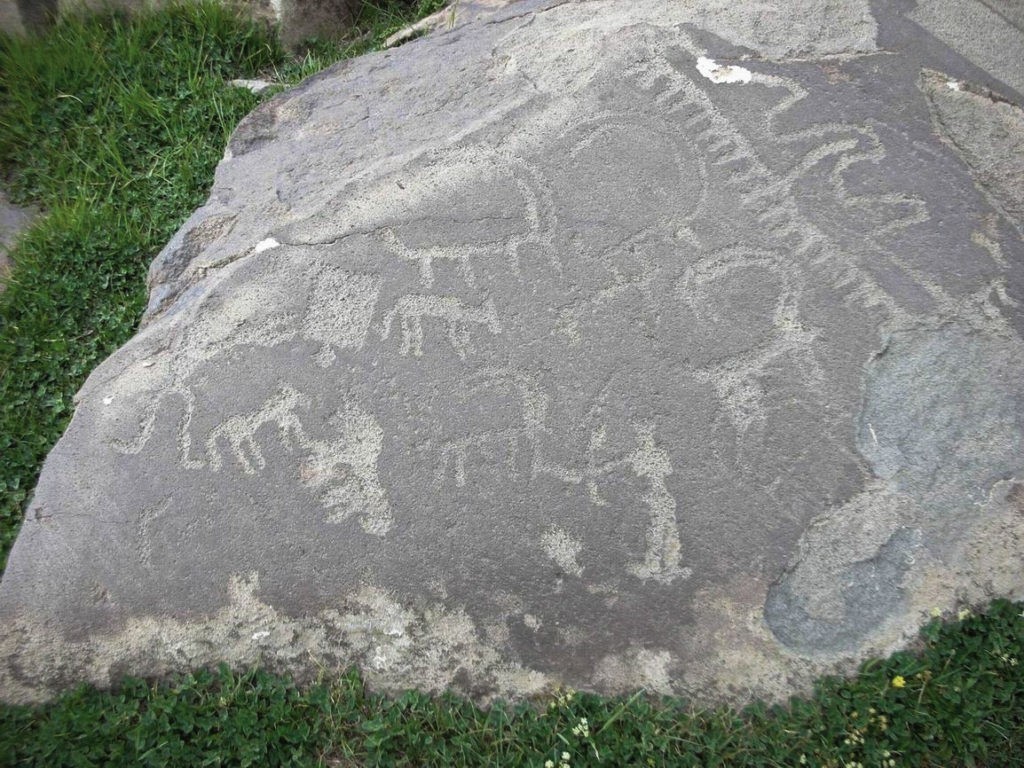
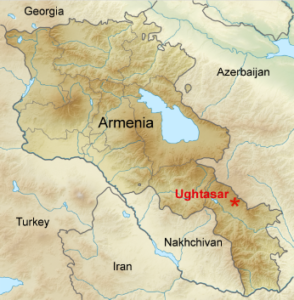
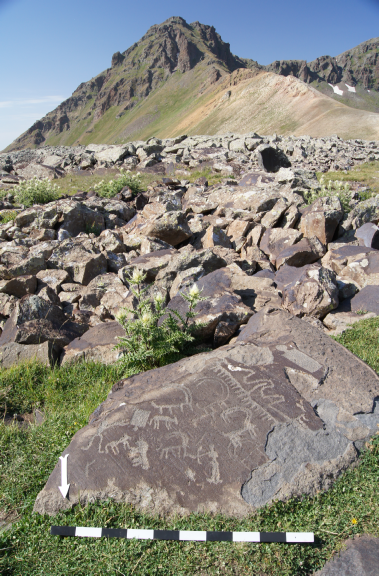





Leave a Comment